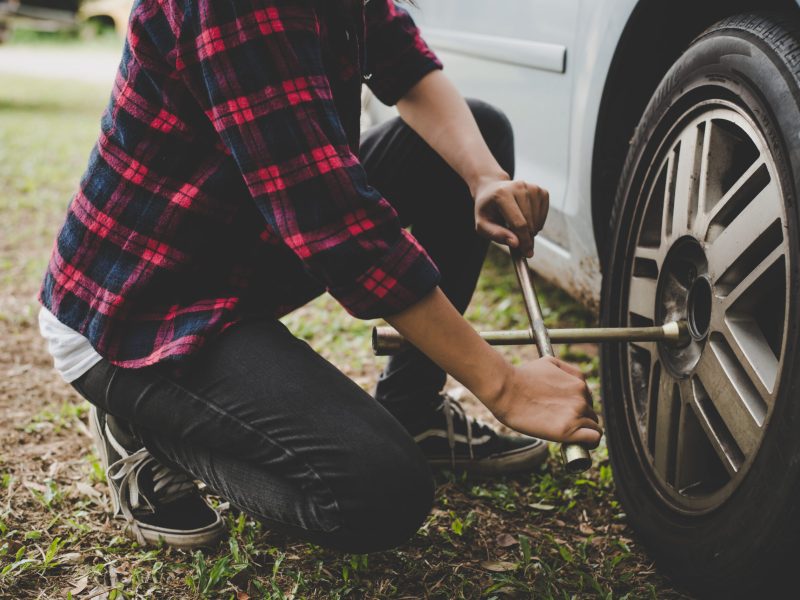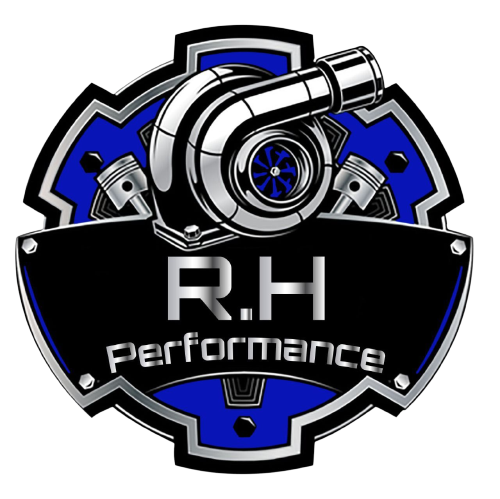Tire Check & Replacement

Tire Check & Replacement
Description
Tire Check and Replacement are crucial for maintaining the safety and performance of your vehicle. Regular tire checkups ensure that your tires are in good condition and functioning correctly. Replacing your tires when they are worn out or damaged is essential for keeping your vehicle safe and ensuring optimal performance. Here is a comprehensive guide to tire check and replacement:
Tire Check:
Regular tire checkups are necessary to ensure that your tires are in good condition. Here are some things to look out for during a tire check:
Tread Wear: Check the tire tread for wear by looking for the tread depth. Worn-out tires have low tread depth, reducing the tire’s ability to grip the road.
Tire Pressure: Check the tire pressure regularly to ensure that your tires are inflated to the recommended pressure. Proper tire pressure ensures that your vehicle has good handling, fuel efficiency, and tire longevity.
Damages: Inspect the tires for any visible damages such as cracks, bulges, or punctures. Any visible damage can compromise your tire’s integrity and increase the risk of a blowout.
Tire Replacement:
When it comes to tire replacement, it’s essential to know when to replace your tires. Here are some guidelines for tire replacement:
Tread Depth: Replace your tires when the tread depth falls below 2/32 of an inch. This is the minimum tread depth allowed by law, and any less than this is dangerous and illegal.
Age: Replace your tires if they are older than six years, regardless of the tread depth. Old tires can crack and lose their integrity, increasing the risk of a blowout.
Damage: Replace your tires if they have any visible damage, such as bulges, cracks, or punctures. Damaged tires are a safety hazard and need to be replaced immediately.
When it’s time to replace your tires, there are several factors to consider, including size, type, and budget. Here are some things to keep in mind when replacing your tires:
Size: Ensure that the replacement tires match the size of your original tires. Check the vehicle’s manual or the tire sidewall for the correct size.
Type: Choose the right type of tire for your vehicle and driving conditions. There are different types of tires available, such as all-season, winter, and summer tires.
Budget: Consider your budget when choosing replacement tires. While high-performance tires can offer better performance, they can be more expensive.
In conclusion, regular tire checkups and timely tire replacement are essential for maintaining the safety and performance of your vehicle. Always inspect your tires for tread wear, pressure, and damage, and replace your tires when necessary. When replacing your tires, consider factors such as size, type, and budget to ensure that you get the best performance and value for your money.
Book Our Services
Book our services now and experience top-notch quality and reliable solutions for all your needs.
Our Services
Included
- All Wheel drive
- Audio input
- Air Conditioning
Excluded
- GPS Navigation
- Sunroof
- Android Auto
